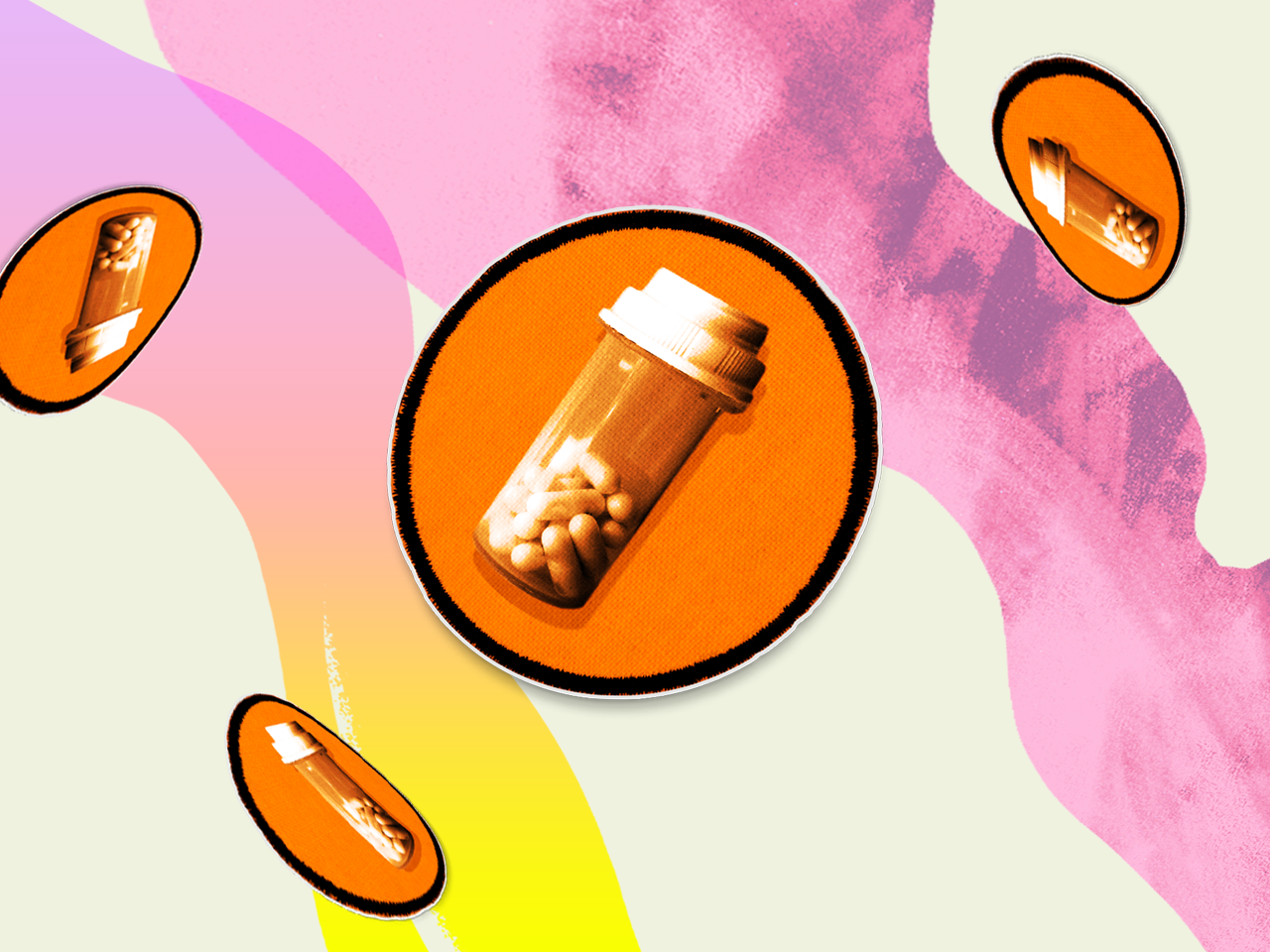Here's What To Know When You've Been Diagnosed with COPD
If you have COPD, this accessible guide and myth-busting resource can help

It can be a scary moment, finding out you have COPD.
Your life is about to change. But how?
You may find it hard to do the things you did before. And not only are there physical challenges, you may experience emotional ones as well.
But as the American Lung Association points out:
”The good news is that you can find support to help you make lifestyle changes, better manage your COPD and enhance your quality of life.”
-
You’ve probably been told by now that you’re not alone in this, but it’s worth repeating. In fact, millions of Americans are treated for COPD every year.
Knowing the cause of your symptoms is a huge step forward.
Consider this: Millions more have the condition but don’t know it and aren’t being treated for it.[1] This is especially important to note since COPD symptoms are known to greatly impact patients’ lives.[2]
In other words, how you respond to COPD can directly impact the quality of your own life with the condition.[3]
Before getting into the many steps you can take to relieve your COPD symptoms, let’s first learn more about your condition.
”The good news is that you can find support to help you make lifestyle changes, better manage your COPD and enhance your quality of life.” —American Lung Association
What’s COPD?
Chronic obstructive pulmonary disease (COPD) is a chronic lung disease that leads to the airflow to your lungs being obstructed.
Two of the most common conditions that contribute to COPD are emphysema and chronic bronchitis, and these conditions often occur together in patients with COPD.[4]
COPD is a progressive disease, which means it worsens over time, but it’s also treatable. With proper treatment and management, most people can manage their symptoms and keep their quality of life.
What are the symptoms of COPD?
A variety of symptoms are associated with COPD, but you may not be experiencing any of them when you’re diagnosed.
Here are some common symptoms to watch out for: - Frequent cough - Coughing up a lot of mucus or phlegm - Shortness of breath - Difficulty taking deep breaths - Wheezing when you breathe - Lack of energy
People with COPD often experience episodes known as “exacerbations” or “flare-ups.” These occur when symptoms can be noticeably worse than usual and can last for several days.
What causes COPD?
Exposure to air pollution and other irritants can contribute to developing COPD. Other contributors include genetic factors and respiratory diseases.
But in the United States and most of the developed world, the leading cause of COPD is tobacco smoke.
Not all chronic smokers develop COPD, but smoking is a key factor leading to the disease.
Who does COPD affect?
Nearly 14-million adults in the United States were diagnosed in 2018 with emphysema or chronic bronchitis — the two leading lung diseases associated with COPD.[5]
And more than half of adults with low lung function weren’t aware they had COPD. So the actual number of people with the condition may be even higher.[6]
COPD was once thought of as “a man’s disease,” but recent decades have changed that perception. Since 2000, more women than men have died from COPD-related complications.[6] While death rates have declined among men in the past two decades, they’ve stayed relatively unchanged among women.[7]
How’s COPD diagnosed?
If you’re experiencing symptoms related to COPD, your doctor or healthcare provider will go through several steps to confirm your diagnosis.
They’ll likely ask about your work, family and medical history, as well as risk factors such as smoking.
If your doctor suspects you may have COPD or related lung diseases, they’ll probably administer breathing tests. This could include a lung-volume measurement or a test called “spirometry.”
Spirometry is a key test that measures the amount of air you can breathe out at once, as well as how fast your lungs empty.
COPD can affect how much oxygen your lungs absorb from the air you breathe. These tests and others will help your doctor make a proper diagnosis.
For more on the different stages of COPD and how to treat them, read our Guide to COPD Treatments.
What are four common myths about COPD?
Before you were diagnosed, you may have heard some misconceptions about COPD. Clearing them up will help you better understand your condition.
Myth 1: COPD only affects smokers
While it is true that there’s a high correlation between smoking tobacco and developing COPD, this is false.
In fact, according to statistics from the National Institutes of Health, 42 percent of people with COPD are ex-smokers and 34 percent are current smokers.[8]
That leaves almost a quarter of people diagnosed with COPD who never smoked at all.
Myth 2: COPD is a rare condition
Not only do 15-million Americans live with COPD, it affects up to 65-million people around the world.
In fact, COPD ranks fourth in the United States among causes of death, behind heart disease and cancer.[9]
And there could be as many as 10-million Americans who have COPD and haven’t been diagnosed.[10]
Myth 3: There’s no way to treat COPD
It’s true that no cure exists for COPD. But a wealth of treatment options are available to help manage your symptoms and slow the progression of COPD.
Your doctor may recommend changes to your lifestyle, like giving up smoking (yes, it isn’t too late to quit if you get COPD), a healthy diet and exercise.
There are also a variety of medications that can help control symptoms, while oxygen therapy may help you manage flare-ups.[11]
Myth 4: You can’t have good quality of life with COPD
COPD is a significant health challenge, but it doesn’t mean you can’t live a good life after diagnosis.
By listening to the advice of your doctor, you can help slow the progress of your COPD and still do much of what you love.
Just take things one breath at a time
It’s natural to feel unnerved when you learn you have COPD, but remember you’re not in this alone.
Like millions of others living with COPD, you can learn more about your condition and work with your doctor to live your best life every day.
This article is intended for informational purposes only and not intended to be medical advice, nor does it replace professional medical advice, diagnosis, or treatment. If you have any healthcare questions, please seek the advice of your physician or other qualified healthcare provider. If you are experiencing a medical emergency, call your physician or dial 911 immediately.
Brad Keefe is a former award-winning journalist and film critic of 20 years based in Columbus, Ohio. In recent years, he’s worked with several nationally renowned brands while continuing to occasionally scratch his journalism itch.
Carl Filer is a graphic designer and illustrator based in Columbus, Ohio. Carl has worked with brands such as Netflix, Ford, Hilton Hotels and more.
This article was last updated September 22, 2020






